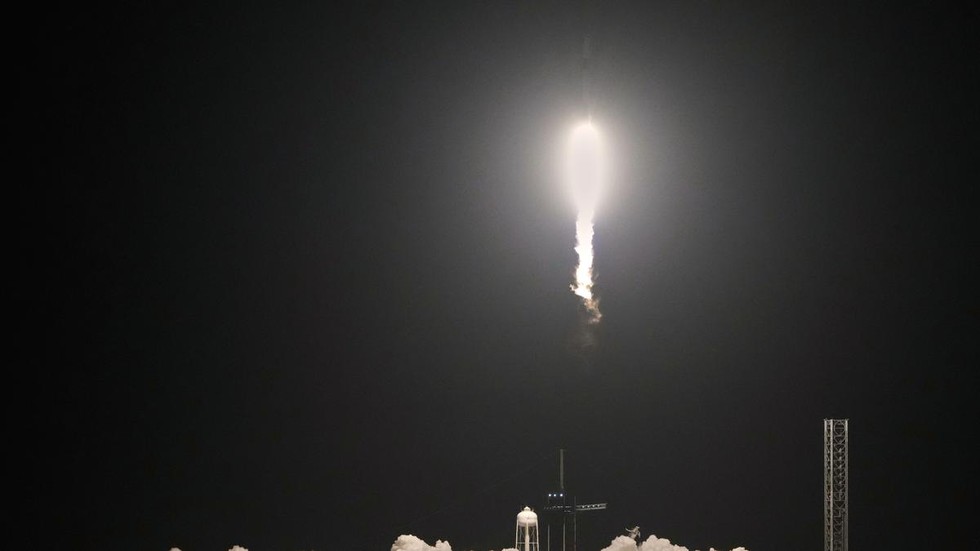About Polar Orbit
- A Polar Orbit (PO) is a type of Low Earth Orbit (LEO) that ranges between 200 km to 1,000 km in altitude.
- Unlike equatorial orbits, satellites in a polar orbit travel from one pole to the other rather than from west to east.
- A deviation of up to 10 degrees from the exact North-South trajectory is still classified as a polar orbit.
- Significance:
- Polar orbits allow satellites to cover the entire Earth's surface over time as the planet rotates below them.
- These orbits are widely used for Earth observation, climate monitoring, and reconnaissance missions.
- The Fram2 mission is the first human spaceflight to use this trajectory, making it a groundbreaking event in space exploration.
Why is this Mission Significant?
- First human spaceflight in a polar orbit: Unlike traditional missions that follow an equatorial orbit, this mission will orbit Earth from pole to pole.
- Expanding commercial spaceflight: Fram2 is SpaceX’s sixth private astronaut mission, further solidifying its dominance in the global private spaceflight sector.
- It highlights the growing role of private players in space exploration, reducing reliance on government agencies like NASA.
- Reusable spacecraft innovation: The mission uses the Crew Dragon capsule, a reusable spacecraft developed by SpaceX with NASA funding.
- SpaceX has now conducted 16 crewed missions using this capsule, proving the success of reusability in reducing spaceflight costs.
